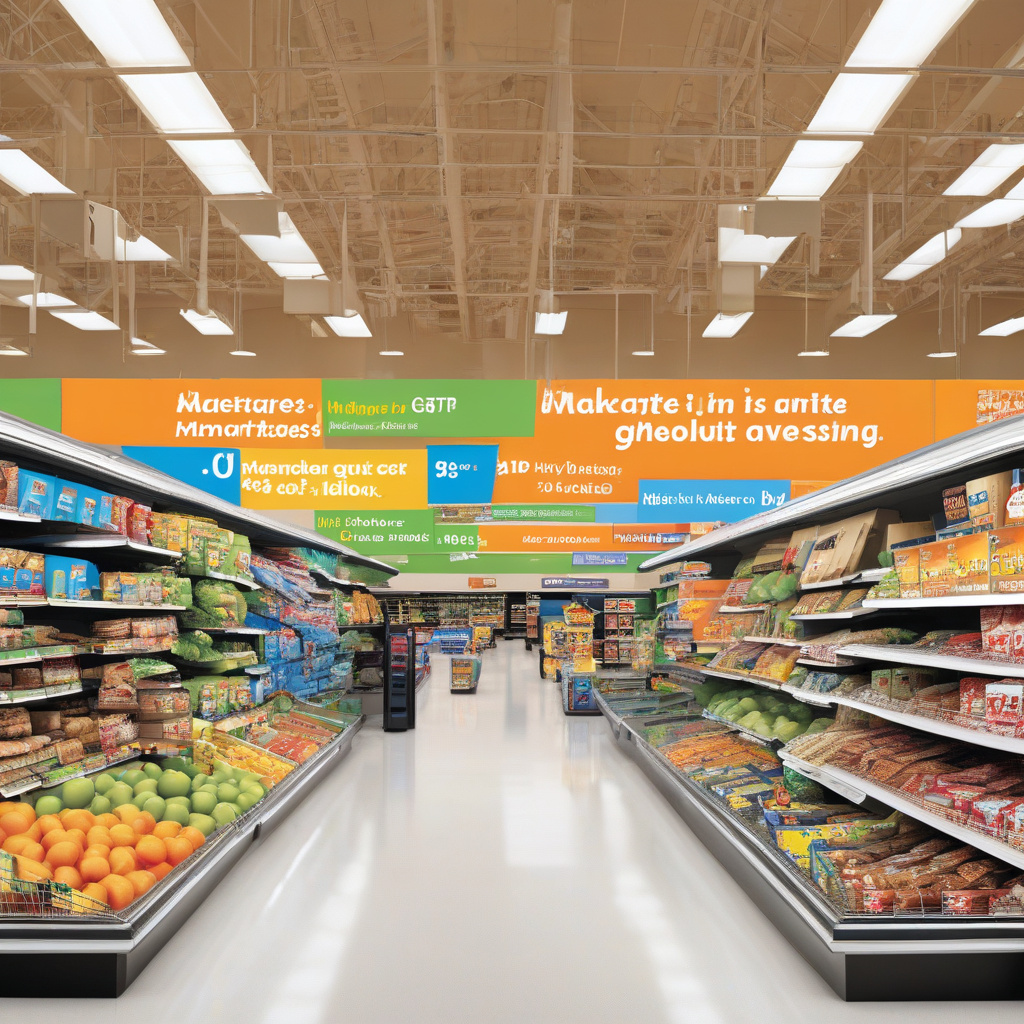Marketplace Briefing: Why ChatGPT Checkout Could Take a Bite Out of Walmart’s $4 Billion Ad Business
In the dynamic landscape of retail, innovation often comes at a price. Walmart, the retail giant that has successfully expanded its advertising business from a modest venture to a $4 billion powerhouse, now faces an unexpected challenge. This challenge stems from its recent partnership with OpenAI to integrate ChatGPT into their checkout process. While this technological advancement promises to enhance customer experience, it may inadvertently undermine the very advertising model that has fueled Walmart’s growth in recent years.
Walmart’s advertising business has undergone a remarkable transformation. Once considered negligible, it has now emerged as a critical component of the company’s revenue stream. CEO Doug McMillon acknowledged this shift by stating that Walmart’s ad business has grown into one of its most significant profit engines. The company leveraged its vast customer data to provide targeted advertising solutions, allowing brands to reach consumers effectively within Walmart’s ecosystem. The success of this initiative has been attributed to Walmart’s ability to blend retail and advertising seamlessly, creating a win-win scenario for both the company and its partners.
However, the introduction of ChatGPT into the checkout process poses a threat to this burgeoning revenue source. ChatGPT offers a conversational interface that streamlines the shopping experience, allowing customers to interact with the platform in a more engaging way. While this innovation is designed to improve customer satisfaction, it could also reduce the reliance on traditional advertising methods that Walmart has cultivated.
The ChatGPT checkout experience enables customers to receive personalized product recommendations and assistance as they navigate their purchases. By providing tailored suggestions, Walmart aims to enhance the shopping journey, making it more intuitive and enjoyable. However, this personalized touch could inadvertently sideline the advertising models that have been integral to Walmart’s revenue growth.
A key element of Walmart’s advertising success has been its ability to capture consumer attention at the point of sale. The advertisements displayed within the shopping environment are strategically placed to influence buying decisions. As customers engage with ChatGPT, they may become less receptive to traditional ads, relying instead on the AI’s recommendations. This shift in consumer behavior could lead to a decrease in ad impressions and, consequently, a decline in advertising revenue.
Moreover, the integration of ChatGPT may encourage brands to rethink their advertising strategies. If customers increasingly depend on AI for product suggestions, brands might prioritize partnerships with technology companies over traditional retail advertising. This could divert marketing budgets away from Walmart’s ad platform, further eroding its market share.
To illustrate this potential shift, consider the impact that other retailers have experienced when adopting new technologies. For example, Amazon has faced similar challenges as it expanded its voice shopping capabilities through Alexa. While this has improved customer engagement, it has also forced brands to adapt their marketing strategies to align with a more technology-driven shopping experience. As a result, brands have begun to invest in digital advertising strategies that complement voice-activated shopping rather than traditional in-store advertising.
Walmart’s partnership with OpenAI represents an opportunity to enhance customer experience, but it also highlights the delicate balance between innovation and revenue generation. If the ChatGPT checkout experience captures customer loyalty and reduces the effectiveness of traditional advertising, Walmart may find itself needing to rethink its approach to advertising altogether.
To mitigate these risks, Walmart could consider integrating its advertising solutions within the ChatGPT platform itself. By displaying sponsored products and promotions as part of the AI’s recommendations, Walmart could maintain ad visibility while enhancing the shopping experience. This approach would allow the retailer to leverage its extensive customer data while still providing value to brands that rely on advertising for customer acquisition.
In summary, Walmart’s innovative partnership with OpenAI to incorporate ChatGPT into the checkout process presents both opportunities and challenges. While the integration promises to enhance customer interaction and satisfaction, it may also threaten the growth trajectory of Walmart’s $4 billion advertising business. As consumer behavior shifts toward AI-driven shopping experiences, Walmart must adapt its advertising strategy to remain competitive in the retail landscape. The future of Walmart’s ad business may hinge on its ability to integrate traditional advertising with cutting-edge technology, ensuring that it continues to thrive in an ever-changing marketplace.
retail, advertising, Walmart, ChatGPT, business strategy
